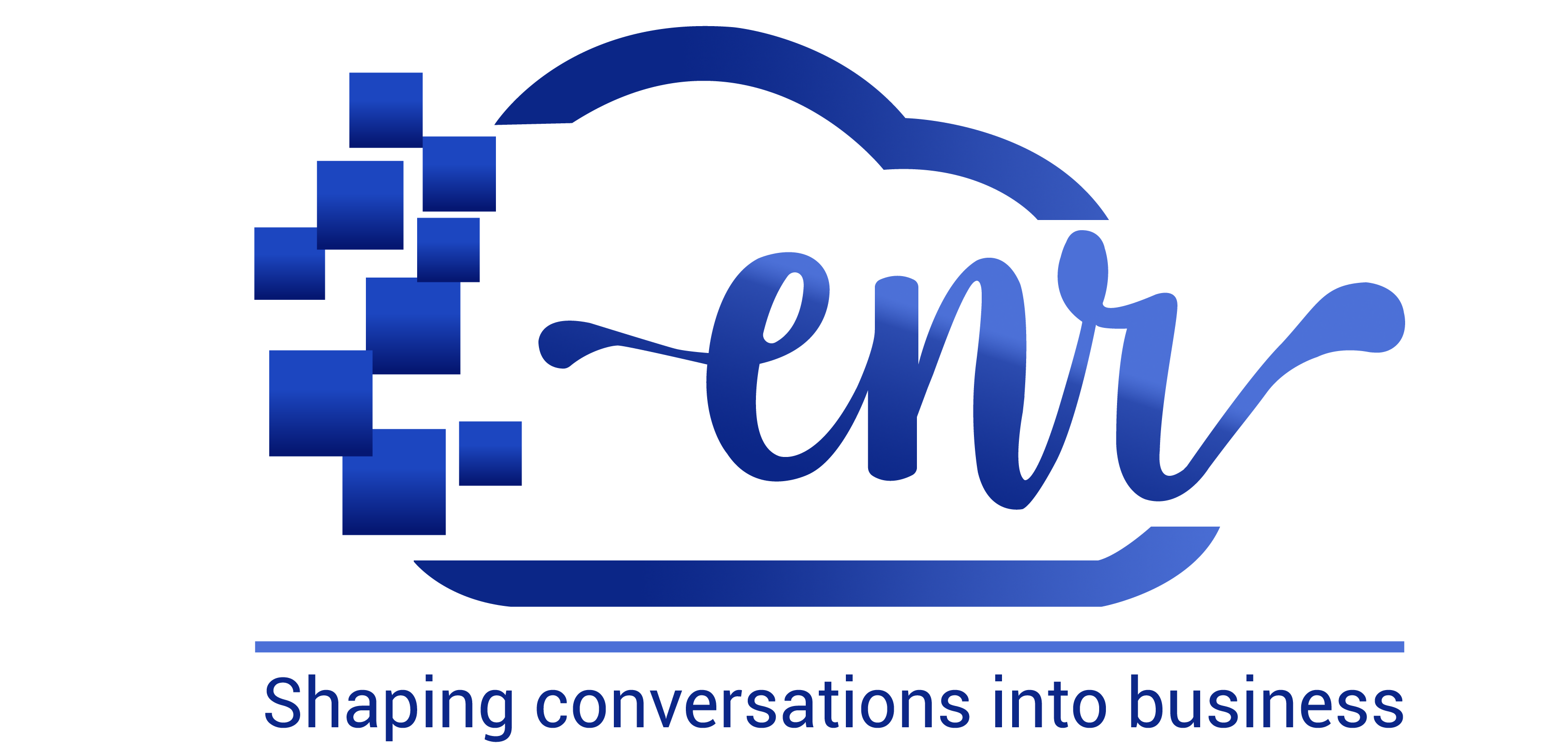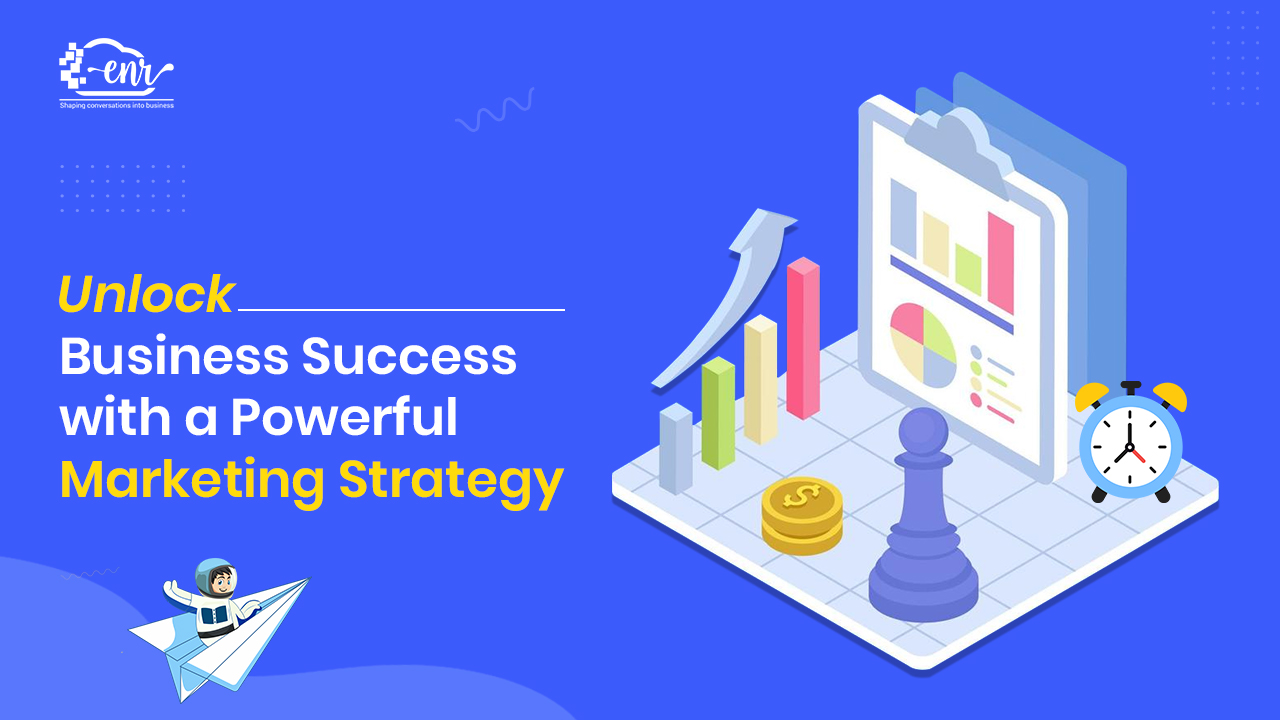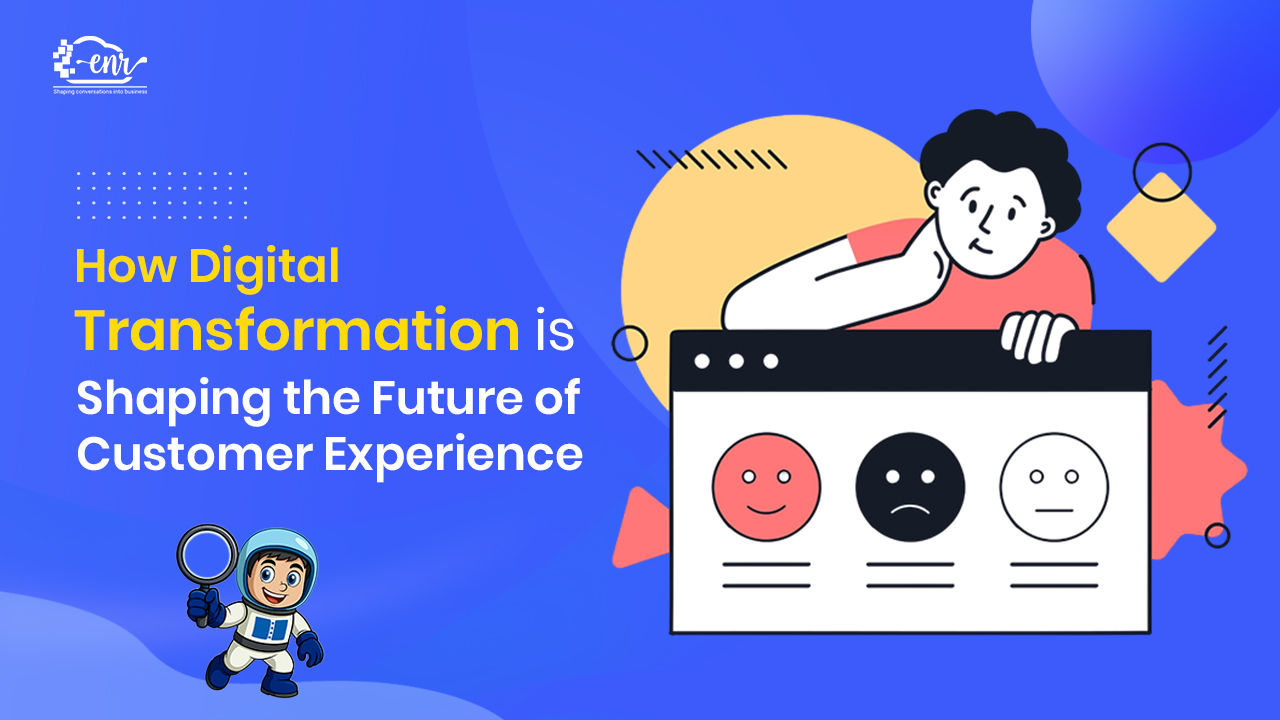Table of Contents
ToggleUnveiling the Topic
The world is changing even as you are reading this. If you are a business owner or a marketing expert, you will know that a competitive market strategy is essential for sustainable business growth. Standing out in the market with your brand or product or service is all about gaining the competitive advantage, and it comes with a smart and strategic approach to sales and marketing efforts.
Having a competitive strategy by their side, businesses can position themselves as a perfect fit for the audience’s needs, gain more audience and outperform the competition. The market is evolving rapidly due to technological advancements, consumer behavior shifts, and new players. A competitive marketing strategy is often dynamic to boost brand visibility and drive profitability.
Whether you are a new business owner or a seasoned player, adopting specific competitive strategies can significantly boost your business growth. A competitive marketing strategy focuses on much more than just selling; it prioritizes understanding the customer, knowing the market, identifying the opportunities, and highlighting the unique strengths to gain a competitive advantage. This guide explores the key aspects of crafting a competitive marketing strategy, and its components including marketing analysis, research, differentiation tactics, digital marketing execution, customer engagement, and performance measurement and optimization.
Understanding Market Dynamics
A strong competitive marketing strategy is based on how well you know and analyze the market landscape and how aware you are of who your competitors are, and what they are offering and how your target audience is responding to them. Before you write a competitive marketing strategy, conduct an in-depth research to identify areas of opportunity, assess your business with competition and understand customer needs.
Conducting Market Research

Before you start taking steps to gain the competitive advantage, take a step back to look at a bigger picture and gain insights into industry trends, gaps, and shifting consumer behavior.
Effective steps include:
- Identifying target audience or the potential customers that impact the market: what are their pain points, desires, and concerns? And more importantly, what drives the purchase decisions for your product?
- Industry trends, including emerging technologies, new AI tools, market shifts, and buying behavior of potential customers.
- Perform a competitive analysis for marketing tactics, pricing strategies and USPs to gain the competitive advantage. Tools like Google Trends, Industry reports, data-driven insights, and social listening tools can be an asset in this stage.
SWOT Analysis
For business growth, a competitive strategy for marketing requires you to clearly define what and who you are up against and how to position your business against it. There are two types of market competition: direct, which offer the same product and service to the same target audience, and indirect ones which offer different solutions but solve the same problem as your product. The Strengths, Weaknesses, Opportunities, and Threats analysis will help understand the internal capabilities and external challenges to combat the competitors:
- Strengths: Unique skills, brand reputation, loyal customer base-where are they outperforming others?
- Weaknesses: Which resources are they struggling with? Market gaps, operational inefficiencies, lack of customer experience, underperformance of products, etc.
- Opportunities: What are the emerging markets, which needs are not being met, and that technological advancements are happening in your niche, how can your business take advantage and offer something better or different?
- Threats: Competitor actions, economic shifts, regulatory changes.
A detailed competitor analysis will help you make a marketing strategy that leverages strengths and mitigates risks.
USP: Differentiation that makes you Stand out from Competition
Establishing a unique identity is the first step to capturing customer attention. A competitive marketing strategy is only as strong as the uniqueness of value that you bring to the table. Differentiation is highlighting the USP of the brand, making it distinct.
Refine your Unique Value Proposition (UVP)

This writes the answer to why customers should purchase from your brand over competitors. It should answer the following for the competitive advantage:
- What makes your product or service unique that the customers will not find anywhere else?
- Why should the customer trust you?
- How are you answering their queries or problems better than competitors?
A competitive advantage example is branding done by Apple, whose UVP is innovation, unmatched quality, and seamless user experience and support. Clearly state the UVP on your website and social media pages to reinforce the differentiation in all your campaigns.
What makes a good UVP?
- It is clear
- Highlights benefits to the audience
- States clear differentiators
Branding and Positioning for a Strong Brand Identity
This means there has to be a consistent message across all channels, presenting a unified message to the customer. Using messaging, visuals, and values ensures strong market recognition and inspires customer’s trust. Popular branding elements are:
- Logos and Visual Identity: Colors, designs, typography, and colour schemes.
- Brand Voice and Messaging: Using the same tone in marketing materials and online and offline communication.
- Customer Experience: Uses personalized services, superior customer support using AI, and value-added offerings that highlight the UVP in conversations.
Leveraging Digital Marketing for Deep Impact
The world has gone digital, and a competitive marketing strategy for business growth must embrace online marketing to reach a broader audience and on a global scale. In the digital-first world, a stable online presence is the key to healthy business growth by enhancing visibility and engagement. A competitive strategy in marketing can organically boost lead generation and drive brand awareness.
SEO Optimization
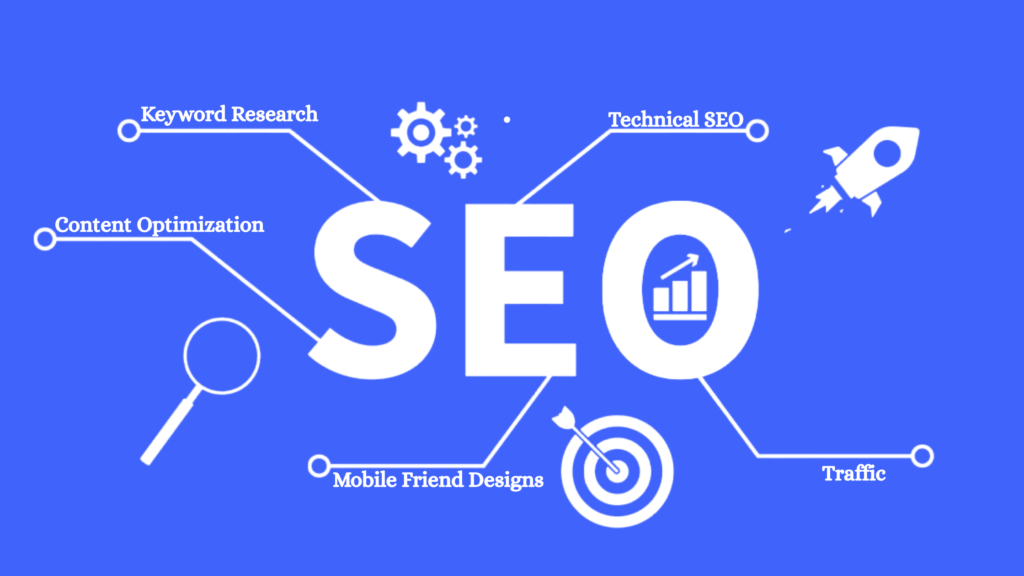
Search Engine Optimization helps your business rank higher and brings in organic traffic. Keep the site and other digital communication channels up to date with fruitful SEO practices such as:
- Keyword research
- Content optimization
- Technical SEO
- Mobile friend designs
Content Marketing

High quality content can take your marketing efforts to a new height. Good content reflects authority. For effective reach:
- Regular blogging for information, insights, and expert opinions.
- Engaging video content which includes tutorials, demos, and genuine testimonials.
- Design visually appealing infographics
Utilize Social Media Marketing
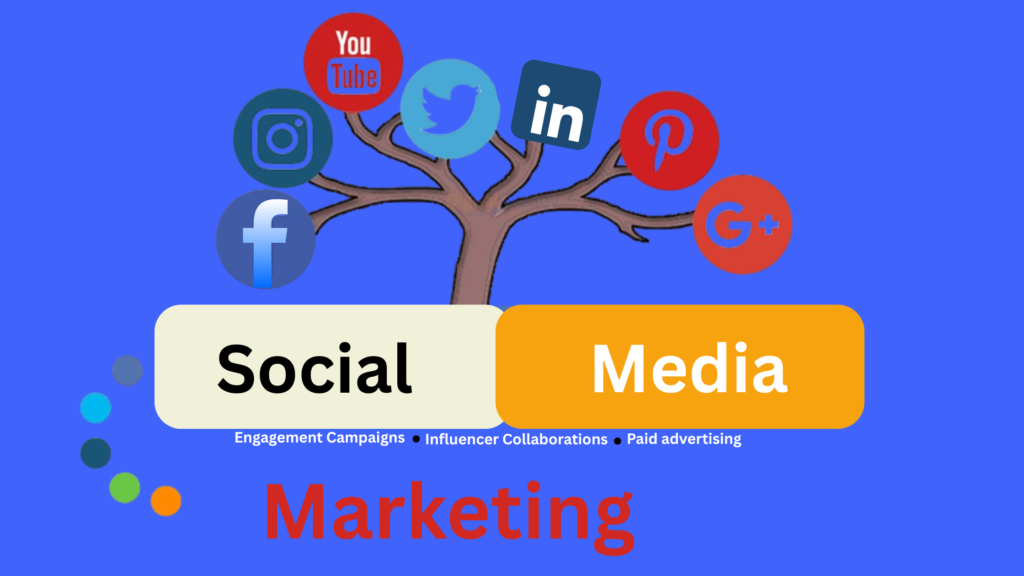
This is the simplest way to connect with global audiences. You can engage with audiences in real time and directly to build a community, gather feedback, share content, give exclusive previews to new products, and run targeted ad campaigns to boost the reach. To gain a competitive advantage, the social media strategies include
- Engagement campaigns
- Influencer collaborations
- Paid advertising
Email Marketing and Automation

Email remains the number one way to build relationships with customers and other businesses. Include automated email marketing tactics for business growth through:
- Personalized Campaigns
- Automated Drip Campaigns
- Newsletters
Measuring Performance and Adapting Strategies
Competitive marketing strategies will work well when they are continuously assessed and modified according to the changing trends. Monitoring KPIs will help make better data-driven decisions and track success. Here are some essentials for monitoring the competitive strategy.
Essential Marketing KPIs
- Website traffic
- Conversion Rate
- Customer Acquisition Costs
- Return on Investment
A/B Testing and Optimization
Testing the marketing strategies against different parameters helps gain the competitive advantages. Businesses should
- Experiment with different Ad formats, including audio and video of a combination of both.
- Test the Email Campaign for subject lines, content, sender list, etc.
- Refine the landing pages to be optimized for higher conversions.
Adapting to Market Changes
A flexible marketing strategy is the key to steady business growth.
For this:
- Continuously monitor consumer behavior to adjust the marketing strategies.
- Leverage new technologies such as agentic AI, automation, and real-time data analytics.
- Stay agile to quickly respond to shifts and competitor moves.
Final Thoughts
Having a competitive marketing strategy by your side is vital for any business’s growth in today’s dynamic landscape. By paying close attention and understanding the trends that are shaping the market and competitor offerings, businesses can adapt their plans, differentiate themselves from their competitors, leverage emerging technologies, boost customer engagement, and scale the path to success at a fast rate. Implementing strong marketing strategies not only boosts brand visibility and customer loyalty but also gives the competitive advantage by driving revenue and market leadership. Businesses that invest in building marketing strategies that are proactive, innovative, and customer-centric stand to gain a lasting advantage against competition in their industry.
Read Also: 8 Ways to Get Started with Conversion Rate Optimization
Written By – Amit Bhateja
Amit Bhateja is the co-founder of enrcloud and helping brands and Unicorns from the last 15+ years and overachieve their Engagement and Retention goals. He is passionate about solving customer problems with modern technology, new age solutions, and consultancy approach. Besides Building ENR, He enjoys reading books, spending time with his family and Teammates, traveling, meeting new people, learning new things, and love to close the business deals.
